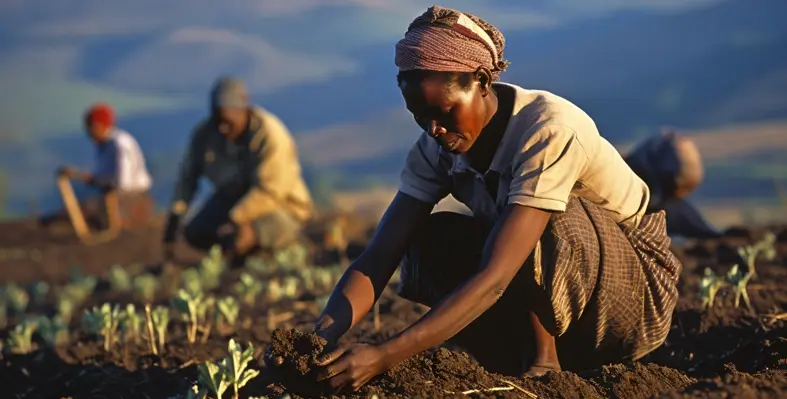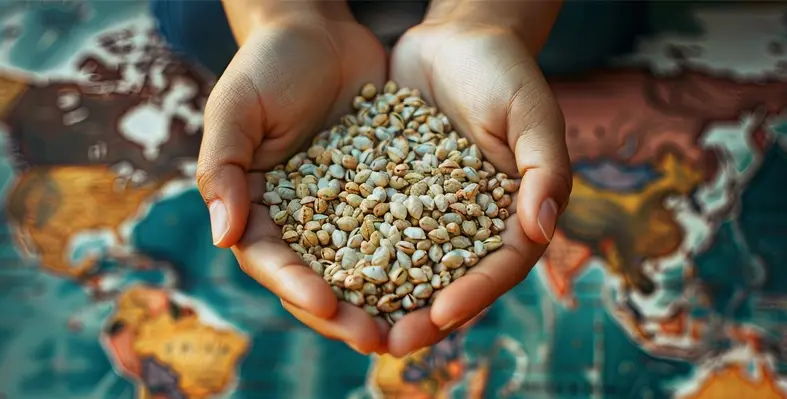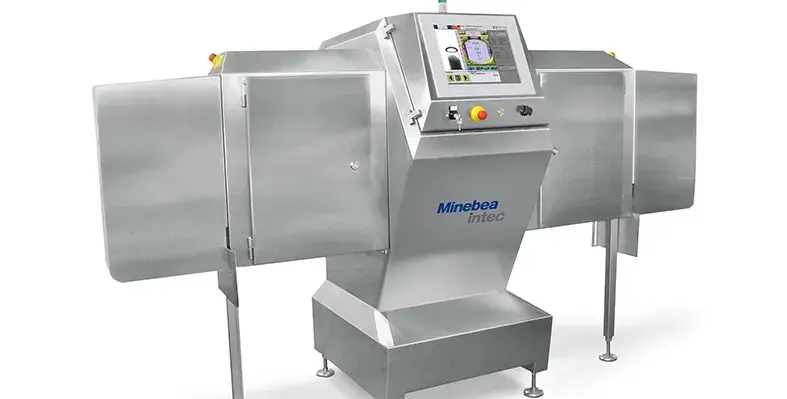
Initiatives like Namibia’s entry into the AfCFTA are crucial as they pave the way towards a future where hunger is eradicated across the continent. (Image source: Adobe Stock)
As the African Continental Free Trade Agreement (AfCFTA) opens up new trade corridors, Namibia continues to expand its outreach to West and Central African nations, creating alternative revenue streams for farmers
As these trade corridors open up, Namibia is creating alternative revenue streams for farmers by expanding its outreach to West and Central African nations. Investments in value-added processing for crops like grapes and dates are gaining momentum, ensuring that Namibian agricultural products can meet the quality standards required in diverse markets across the continent.
As the African Council commit to the UN Sustainable Development Goal 2: Zero Hunger by 2030, initiatives like Namibia’s entry into the AfCFTA are crucial as they pave the way towards a future where hunger is eradicated across the continent. Its ripple effect can also be felt in the broader Southern African Development Community (SADC) region. The AfCFTA presents a significant opportunity for South Africa to diversify its export markets within Africa, ensuring continued economic growth and stability.
Looking ahead at the upcoming Market Access Africa 2025 that is scheduled to take place from 1-4 June in Durban, South Africa, Namibia'sx progress serves as an inspiring example. Bringing together over 800 participants, more than 40 speakers, and over 50 exhibitors from more than 40 countries, this event will provide a platform to explore these opportunities, address challenges, as well as discuss Africa’s evolving agricultural trade landscape.











